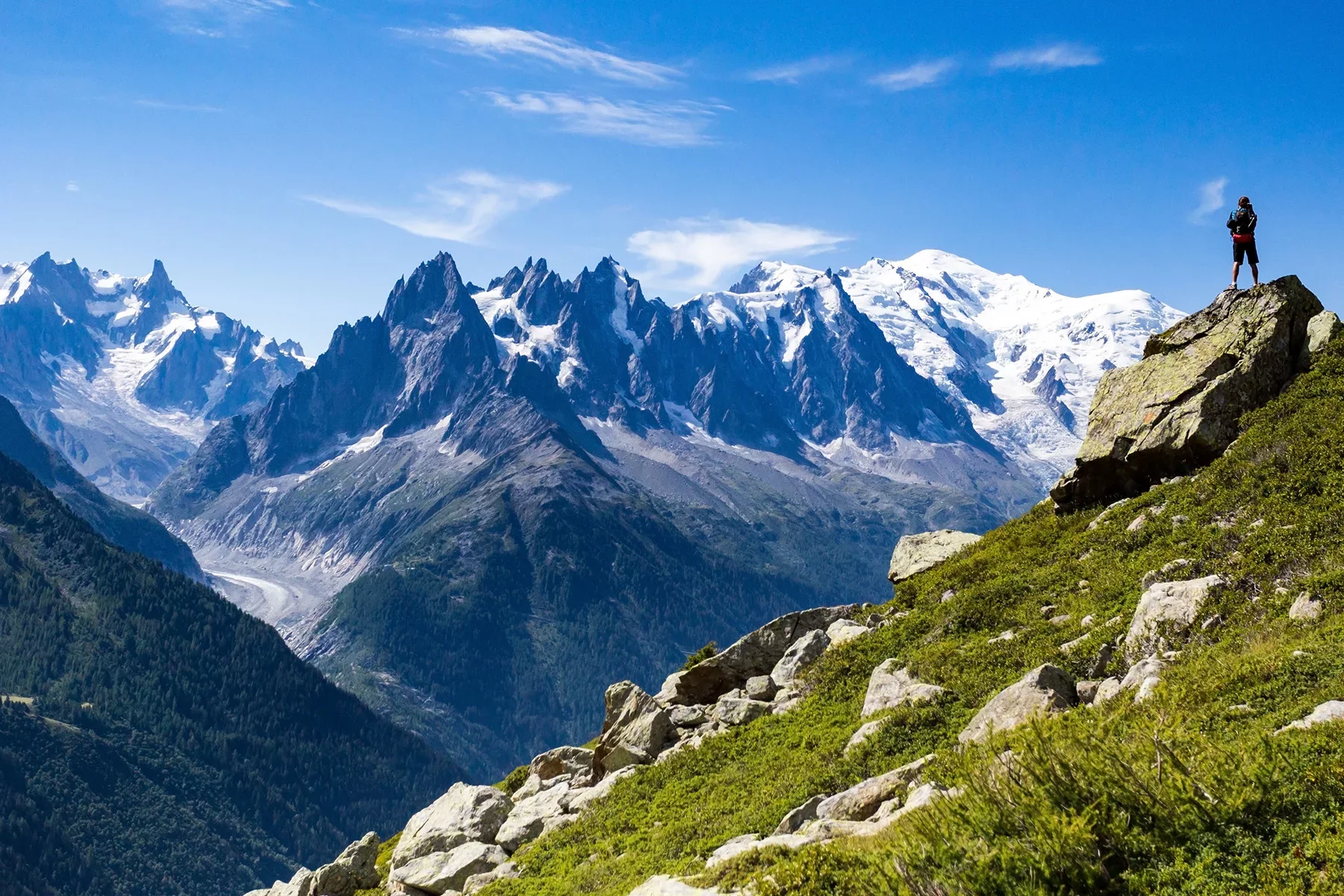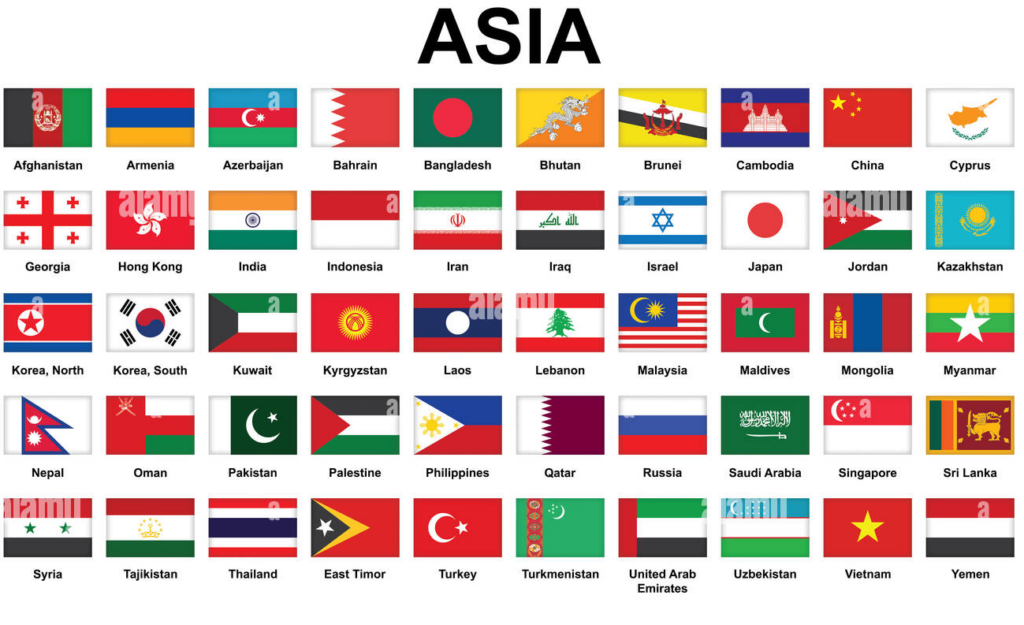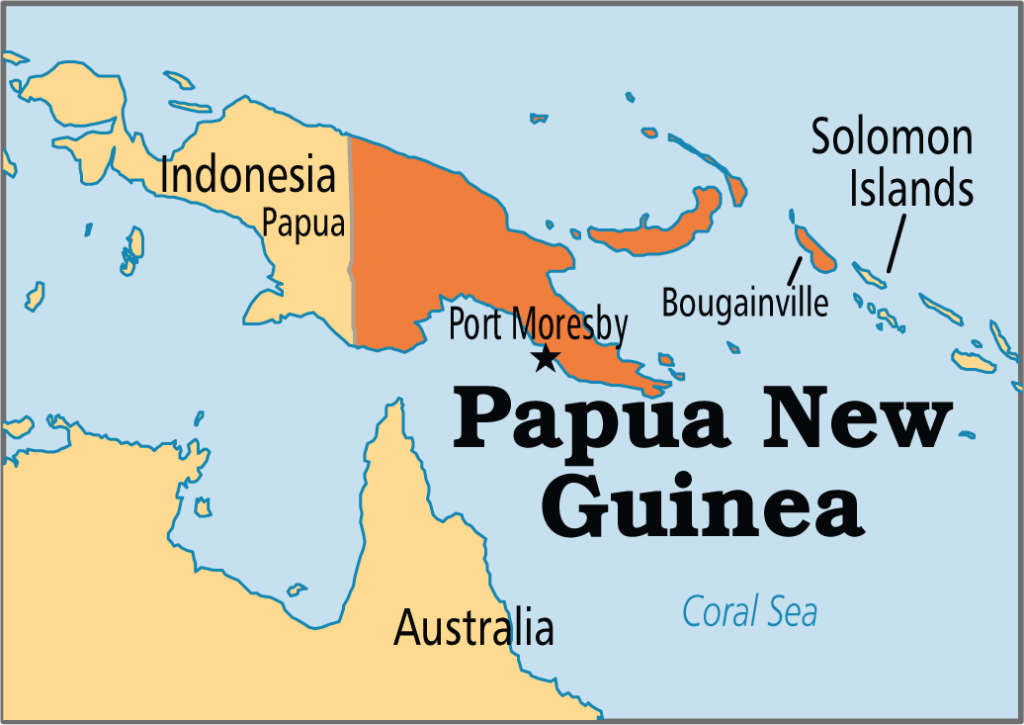Introduction
Europe, a continent known for its diverse landscapes and rich natural beauty, is home to numerous mountain ranges that have shaped its geography and culture. In this comprehensive guide, we’ll explore the major mountain ranges of Europe, delving into their geological origins, iconic peaks, and cultural significance.

The Alps
The Alps, Europe’s highest and most extensive mountain range, stretch across eight countries, including France, Switzerland, Italy, and Austria. These iconic mountains feature towering peaks, picturesque valleys, and world-renowned ski resorts, attracting millions of visitors each year.
The Pyrenees
Forming a natural border between France and Spain, the Pyrenees mountain range is known for its rugged terrain, deep gorges, and lush alpine meadows. The range is home to diverse wildlife and offers opportunities for hiking, mountaineering, and adventure sports.
The Carpathian Mountains
Stretching across Central and Eastern Europe, the Carpathian Mountains are a sprawling range known for their dense forests, pristine lakes, and traditional villages. These mountains provide habitat for a variety of plant and animal species, including brown bears, wolves, and lynxes.
The Apennines
Running the length of the Italian Peninsula, the Apennine Mountains are characterized by their gentle slopes, fertile valleys, and historic hilltop towns. This ancient range is rich in cultural heritage, with Roman ruins, medieval castles, and picturesque vineyards dotting the landscape.
The Scottish Highlands
Located in the northern part of the British Isles, the Scottish Highlands are a rugged and remote mountainous region known for their dramatic landscapes, including towering peaks, deep glens, and pristine lochs. The Highlands are steeped in history and folklore, with ancient castles, clan battles, and legendary monsters.
The Scandinavian Mountains
Stretching across Norway, Sweden, and Finland, the Scandinavian Mountains are the longest mountain range in Europe, characterized by their rocky summits, deep fjords, and vast wilderness areas. These mountains are popular destinations for hiking, skiing, and wildlife watching, offering opportunities to encounter reindeer, moose, and arctic foxes.
The Ural Mountains
Dividing Europe from Asia, the Ural Mountains form the eastern boundary of Europe, extending from northern Russia to Kazakhstan. While not as high as other European ranges, the Urals are significant for their mineral resources, including coal, iron ore, and precious metals.
Fun and Interesting Facts
Mont Blanc, located in the Alps, is the highest peak in Europe outside of the Caucasus Mountains, reaching an elevation of 4,808 meters (15,774 feet).
The Matterhorn, a distinctive pyramid-shaped peak in the Alps, is one of the most iconic mountains in the world and a symbol of Switzerland.
The Danube River, Europe’s second-longest river, originates in the Black Forest of Germany and flows southeastward through the Carpathian Mountains before emptying into the Black Sea.
Commonly Asked Questions
What is the highest mountain in Europe?
Mount Elbrus, located in the Caucasus Mountains of Russia, is the highest peak in Europe, with an elevation of 5,642 meters (18,510 feet).
Are there active volcanoes in Europe?
Yes, Europe is home to several active volcanic regions, including Mount Etna in Sicily, Italy, and the Icelandic volcanoes of the North Atlantic.
What is the longest mountain range in Europe?
The Scandinavian Mountains, also known as the Scandes, are the longest mountain range in Europe, stretching over 1,700 kilometers (1,056 miles) from southern Norway to northern Sweden.
Conclusion
The major mountain ranges of Europe showcase the continent’s diverse landscapes, cultural heritage, and natural wonders. From the towering peaks of the Alps to the rugged fjords of Scandinavia, these mountains have shaped the history and identity of Europe and continue to inspire awe and admiration in visitors from around the world.
- The Red Scare And McCarthyism In The USA! - August 19, 2024
- The Elite Special Forces Of Ancient Greece! - August 18, 2024
- Which US State Has The Most Venomous Reptiles? - August 18, 2024




